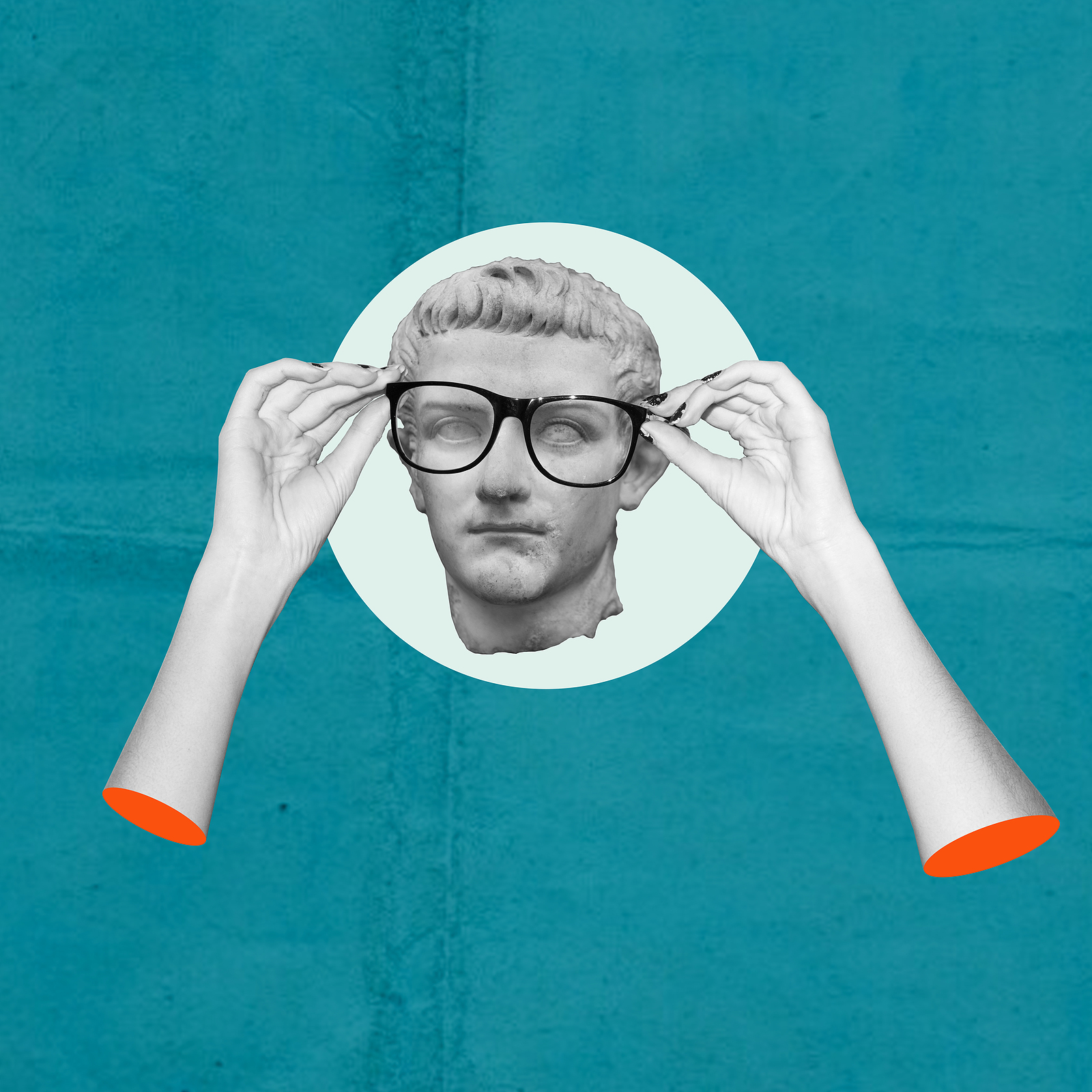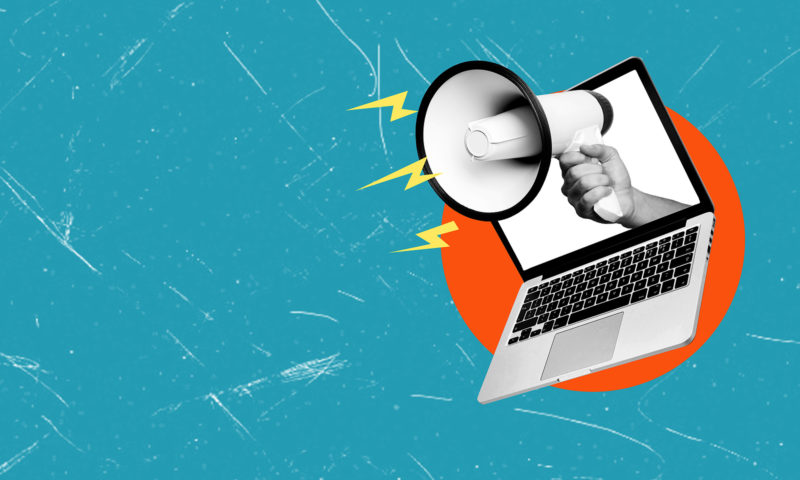
Are you starting a career in digital art and want to know what the future holds for you? Well, then, you’ve come to the right place as we expound on the many opportunities being a digital artist offers. First, you will learn who a digital artist is, what they do, and what tools they use to create stunning artworks.
Keep reading as you discover what challenges you might face in this journey and what your potential roles are as a digital artist.
First Things First: Who Is a Digital Artist?
A digital artist is like a ghost writer in the sense that they are both in demand and are creative professionals. If you’re venturing into the world of digital art, you should know what it means to be a digital artist. A digital artist is one who uses digital technology to create astounding artwork.
The artworks can span different mediums and cover a range of topics. These could include animations, digital paintings, illustrations, and 3D models.
What the Future Holds for Digital Artists: Career Opportunities
The digital art field is versatile, and there are several opportunities available. If you’re a digital arts student, here are some of the digital art jobs you can get once you’ve gotten your degree.
1. Graphic Artist
You can create original content, both traditional and digital, for a large number of clients. Graphic artists specialize in cartoons, often attracting a particular set of clients. Also, you have the opportunity to work with art directors and graphic designers where large and complex projects are involved.
2. Rigger
Riggers create digital skeletons for 3D characters, using the former to define the latter’s movement. That means a rigger studies human and animal anatomy, mechanics, and movement. Also, they may collaborate with modelers to determine skeletons’ naturalism and mechanics.
3. Graphic Designer
Graphic designers create designs with digital and traditional tools. These designs can be for adverts, brochures, logos, and lots more. They may also consult with art directors at companies to determine the objectives and vision of a project.
4. Other Opportunities
Several jobs are available to individuals with a digital career and artistic skills. You can choose to be an illustrator, photo retoucher, and web content specialist. You can also decide to become a concept artist, 3D animator, creative director, UI/UX designer, videographer, and art director.
Potential Challenges in a Digital Art Career
We’ve talked about the many opportunities afforded by a career in digital art; now, let’s talk about the challenges. Getting acquainted with both sides of the coin helps you prepare your mind and set realistic expectations. Here are some of the most significant challenges that a digital art career can pose.
● Technical Difficulties
Digital artists can face technical difficulties such as programs failing before they could save their work. Other technical issues include troubleshooting or hardware issues and incompatible files, among other things. You can avoid losing important work due to crashed programs by backing it up on external hard drives.
● Your Work May Be Copied
The downside to digital art is that your work is replicable; unscrupulous individuals may take credit for your work. They may repost the artwork as their own and even sell it to companies you work with, thus making it hard to prove ownership. You can deal with this by trademarking your work or creating a watermark before you publish it to the entire world.
● Decreased Human Creativity
Digital art can be addictive, which can inherently hinder your development, especially if you skip foundational learning. To remedy this, ensure you’re also learning about traditional forms of art alongside your use of digital art tools. That includes sculpting, sketching, painting, collage, drawing, and the use of traditional tools such as oils, pencils, clay, and film. Not neglecting traditional forms of art helps you develop your creativity, which essentially advances your digital artistry.
● Your Work Stays Digital
When you create traditional art, you can sit back, hold it, and just revel in its beauty. However, with digital art, there is a screen between you and your creation; you cannot feel it in your hands. Nevertheless, you can get a physical version of the digital artwork you created by getting a quality print of it.
Conclusion: Key Responsibilities of a Digital Artist and Designer
Just like writers in professional ghostwriting services have their responsibilities, digital artists have several key roles and responsibilities they perform. Whether they work for an organization or as freelancers, here are some of the key responsibilities of a digital artist and designer.
- Conceptualizing and creating original digital works of art for websites, movies, and video games, among others.
- Using digital software like Adobe to design, model, and animate digital assets.
With all these, it is also essential to stay updated with the latest art technology and trends. While at it, ensure quality visual elements and consistency across various platforms.

